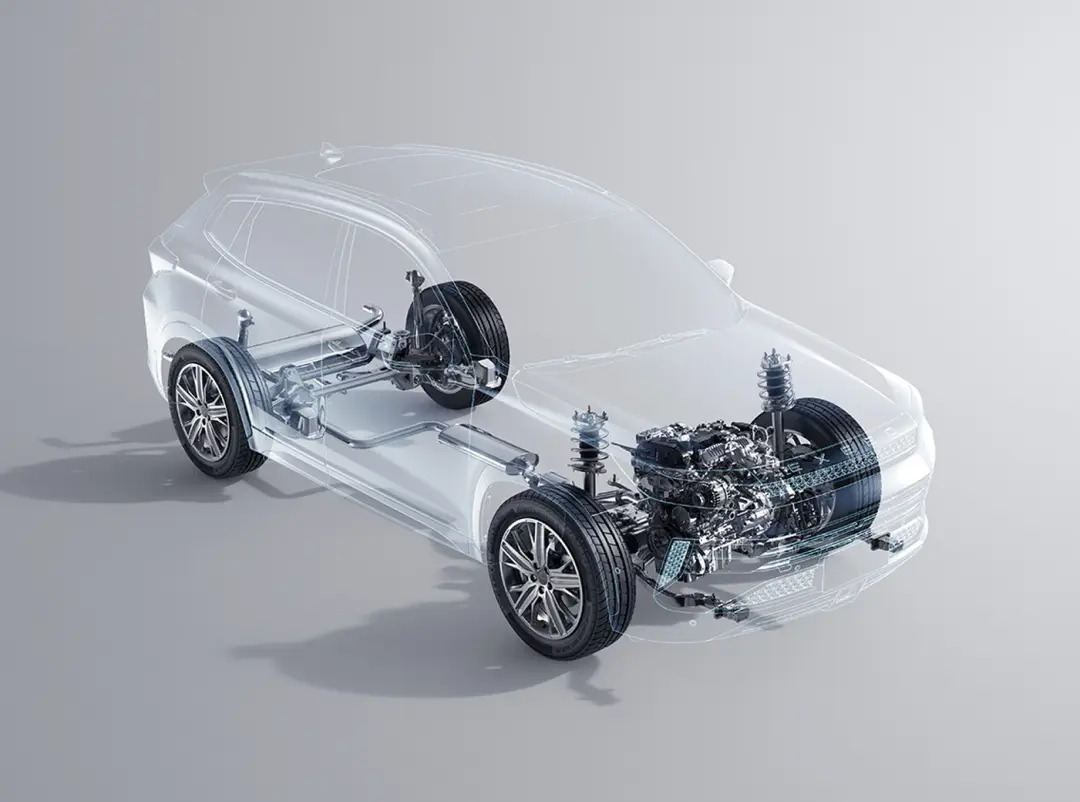The automotive transmission system is the heart of a vehicle's drivetrain, a marvel of mechanical engineering tasked with a singular, critical mission: to effectively transfer power from the engine to the driving wheels. Without it, the internal combustion engine's limited operational range would render a car practically unusable. The transmission system's core principles revolve around managing torque, enabling variable speed ratios, and providing the functionality to disconnect power and move in reverse. This intricate system is a symphony of components working in unison, each playing a vital role in propulsion.

The Core Objective: Managing Engine Limitations
An internal combustion engine does not produce consistent power across all speeds. It operates within a specific Revolutions Per Minute (RPM) range, known as its "power band," where it generates optimal torque (rotational force) and horsepower. Below this band, it lacks power; above it, it risks damage and becomes inefficient. The primary principle of the transmission is to act as a "gearbox," multiplying or reducing the engine's torque output to match the driving demands—whether accelerating from a standstill, climbing a steep hill, or cruising efficiently on a highway—all while keeping the engine within its ideal RPM range.
Fundamental Components and Their Roles
A typical transmission system comprises several key components:
- Clutch (in Manual Transmissions): The clutch is the intermediary between the engine and the transmission. Its principle is based on friction. It consists of a clutch disc, a pressure plate, and a flywheel. When engaged (pedal released), the clutch disc is clamped against the engine's flywheel by the pressure plate, creating a solid link that transmits power. When disengaged (pedal pressed), this connection is broken, allowing the driver to change gears without grinding the transmission's components.
- Torque Converter (in Automatic Transmissions): Replacing the manual clutch, the torque converter is a fluid coupling that uses hydraulic fluid to transfer power from the engine to the transmission. It operates on the principle of hydrodynamic flow. It consists of an impeller (connected to the engine), a turbine (connected to the transmission input shaft), a stator, and transmission fluid. The impeller flings fluid onto the blades of the turbine, causing it to spin. This fluid coupling allows the vehicle to come to a complete stop without stalling the engine and provides smooth, effortless power transfer.
- Gearbox (Transmission itself): This is the component that contains the various sets of gears and is the core of the ratio-changing operation.
- Gears and Shafts: Inside the gearbox are input shafts (from the engine), output shafts (to the wheels), and layshafts (or countershafts). Different-sized gears on these shafts mesh together to create specific gear ratios.
- The Principle of Gear Ratios: A gear ratio is the difference in size between two meshing gears.
- Low Gear (e.g., 1st or 2nd): A small gear (input) drives a large gear (output). This results in high torque multiplication at the wheels (good for acceleration and climbing) but low wheel speed. The engine turns many times for a single rotation of the wheels.
- High Gear (e.g., 4th, 5th, 6th+ or Overdrive): A large gear (input) drives a smaller gear (output). This results in lower torque multiplication but higher wheel speed. The engine turns at a lower, more efficient RPM for a given road speed, ideal for fuel-efficient cruising.
- Reverse Gear: Incorporates an idler gear that is inserted between the input and output gears, reversing the direction of rotation of the output shaft.
- Differential: This is perhaps the most ingenious component in the system. Once power leaves the transmission, it travels to the differential via the driveshaft. The differential's principle is to allow the driven wheels to rotate at different speeds, which is essential when cornering. The outer wheel must travel a longer path and thus rotate faster than the inner wheel. Without a differential, tires would scrub and hop during turns, leading to poor handling and excessive tire wear. It splits the torque from the driveshaft and sends it to each axle shaft.
- Driveshafts and Axles: These are the final physical links, the sturdy metal rods that carry the rotational power from the differential out to the driving wheels.
Operating Principles: Manual vs. Automatic vs. CVT
The overarching principle of providing variable ratios is achieved through different methodologies.
1. Manual Transmission (MT):
The driver manually selects and engages gears using a gear lever and a clutch pedal. The principle is direct mechanical engagement. Synchromesh cones are used to match the speed of the gears before they mesh, enabling smooth shifting. The driver has complete control over gear selection, which can lead to higher efficiency and a more engaging driving experience.
2. Automatic Transmission (AT):
This system automates the process of gear shifting using a complex hydraulic system and an electronic control unit (ECU). The core principles are:
- Planetary Gear Sets: Instead of individual gear pairs, automatics use compact planetary gear sets (a sun gear, planet gears, and a ring gear) that can provide multiple gear ratios by holding different members of the set stationary using...
- Clutch Packs and Bands: These are actuated hydraulically to lock elements of the planetary gear sets.
- Hydraulic Control: Pressurized transmission fluid, directed by valves, controls the clutch packs and bands. The valve body is the "brain" of the hydraulic system.
- Electronic Control: Modern automatics are managed by a Transmission Control Unit (TCU), which uses inputs from engine speed, vehicle speed, throttle position, and other sensors to command optimal shift points for performance and fuel economy.




